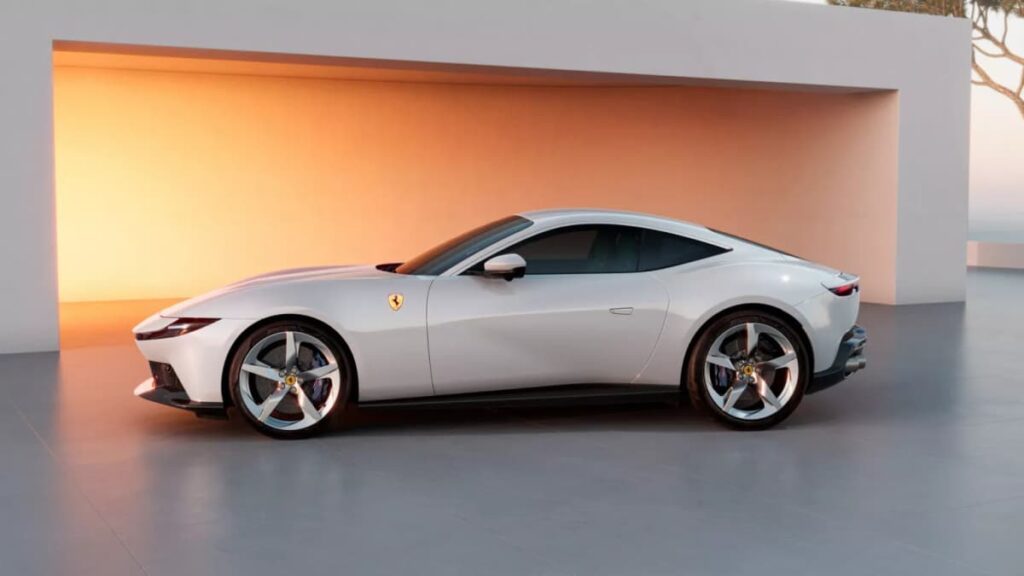
Ferrari has launched the new Amalfi, a front-engine supercar that serves as a mid-cycle refresh of the Roma. Although it boasts some enhancements, the Amalfi shares much of its DNA with its predecessor, including the same twin-turbo 3.9-liter V8 engine. The updates include upgraded turbochargers and a slight increase in power, producing just 20 more horsepower than the Roma, but the overall performance remains similar, highlighting Ferrari’s approach to incremental improvements rather than complete redesigns.
Interior Enhancements Offer Premium Experience
A significant upgrade is evident in the Amalfi’s interior, which moves away from the previous model’s more complex design. The dual cockpit layout is retained, but the new design eliminates the central ramp, creating a more streamlined and luxurious feel. Key features include a landscape central screen and a flat console crafted from anodized aluminum, which can also be swapped for carbon fiber at the customer’s request.
Ferrari has also reintroduced physical buttons on the steering wheel, replacing the unpopular haptic touch surfaces from the Roma. According to Ferrari, this steering wheel is compatible with previous-generation models, allowing existing owners to enjoy the latest features. While the remaining haptic controls for the mirrors may annoy some, their infrequent use diminishes their impact.
Exterior Design Sparks Mixed Reactions
The exterior updates of the Amalfi tell a more complex story. While it retains the Roma’s overall aesthetic, changes to the front and rear design have drawn mixed reviews. The previous model featured a unique slatted shield grille inspired by classic 1960s Ferraris, which some found elegant. The new design opts for a minimalist approach, adopting the ‘mask’ design language from the Purosangue SUV. Critics argue that this shift has made the Amalfi’s appearance cleaner but also less distinctive, with comparisons made to the new Prius.
The rear design reflects a similar trend, trading the Roma’s slightly sculpted look for a flatter profile. The new tail lamps and squared-off elements have drawn parallels to the Jaguar F-Type, leading some to describe the new design as messy rather than modern. While the overall appearance has evolved, opinions vary on whether these changes enhance or dilute the car’s identity.
In summary, the Ferrari Amalfi represents a blend of enhancements and familiar elements, aimed at keeping the model competitive in the high-performance market. With its updated interior and modified exterior, Ferrari continues its tradition of refining rather than completely reinventing its vehicles, even if it may not always be forthcoming about the extent of those changes.







